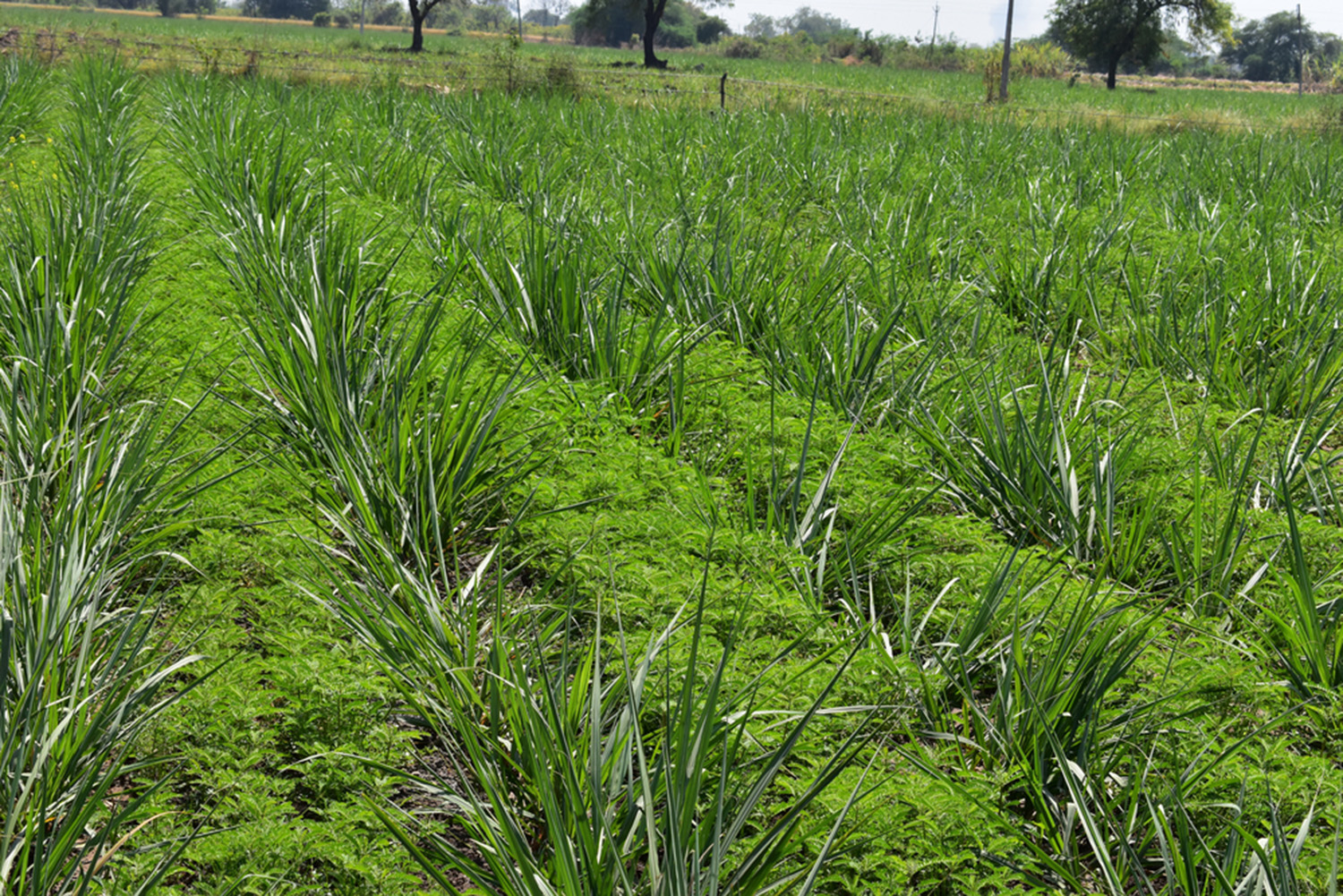Crop rotation is a time-honored agricultural practice that offers numerous benefits to both soil health and crop productivity. By systematically alternating the types of crops grown in a particular field over several seasons, farmers can mitigate soil depletion, control pests and diseases, and optimize yields. Here’s how to practice effective crop rotation:
Diversify Crop Families
Rotate crops from different botanical families to disrupt pest and disease cycles specific to certain plant groups. For example, alternating legumes (such as peas and beans) with grains (such as corn and wheat) helps replenish soil nitrogen levels and reduce the risk of soil-borne pathogens.
Consider Nutrient Requirements
Each crop has unique nutrient demands. Rotate crops with varying nutrient needs to prevent depletion of specific elements in the soil. For instance, following a nitrogen-fixing legume crop with a nitrogen-demanding vegetable like broccoli helps maintain soil fertility without excessive fertilizer application.
Break Pest and Disease Cycles
Certain pests and diseases have host-specific relationships, thriving on particular crops. By rotating crops, farmers disrupt these cycles, reducing the buildup of pests and pathogens in the soil. This natural pest management strategy minimizes the need for chemical pesticides while preserving ecosystem balance.
Enhance Soil Structure
Different crops have distinct root structures and depths, which contribute to soil aeration and structure. Deep-rooted crops like carrots or radishes help break up compacted soil layers, improving water infiltration and nutrient distribution. Shallow-rooted crops like lettuce or onions complement these efforts, utilizing surface nutrients effectively.
Conclusion
Effective crop rotation is a cornerstone of sustainable agriculture, nurturing soil health, enhancing crop resilience, and promoting long-term productivity. By adopting thoughtful rotation strategies tailored to local conditions and crop requirements, farmers can unlock the full potential of their fields while minimizing environmental impact.


Comments are closed.